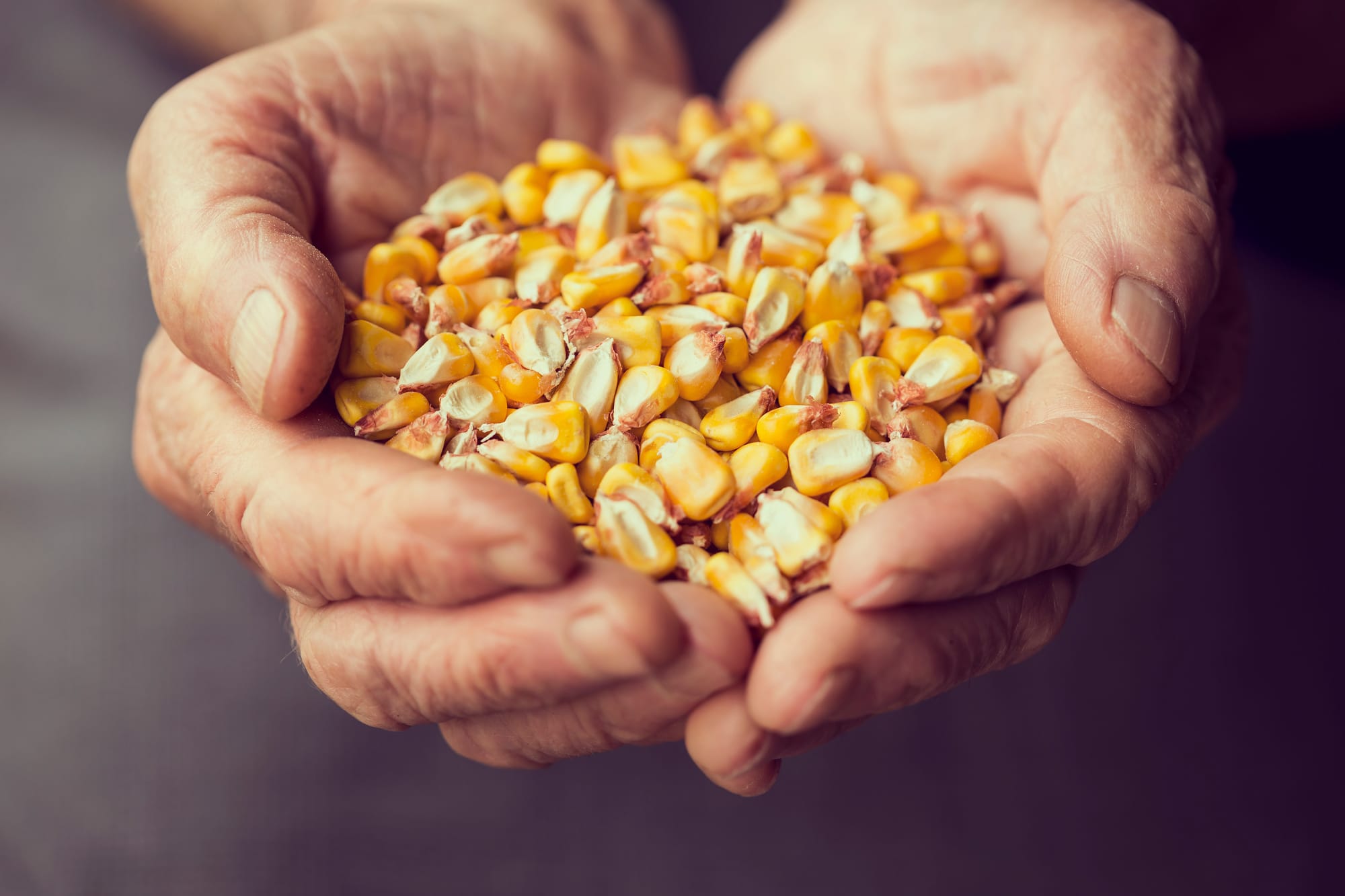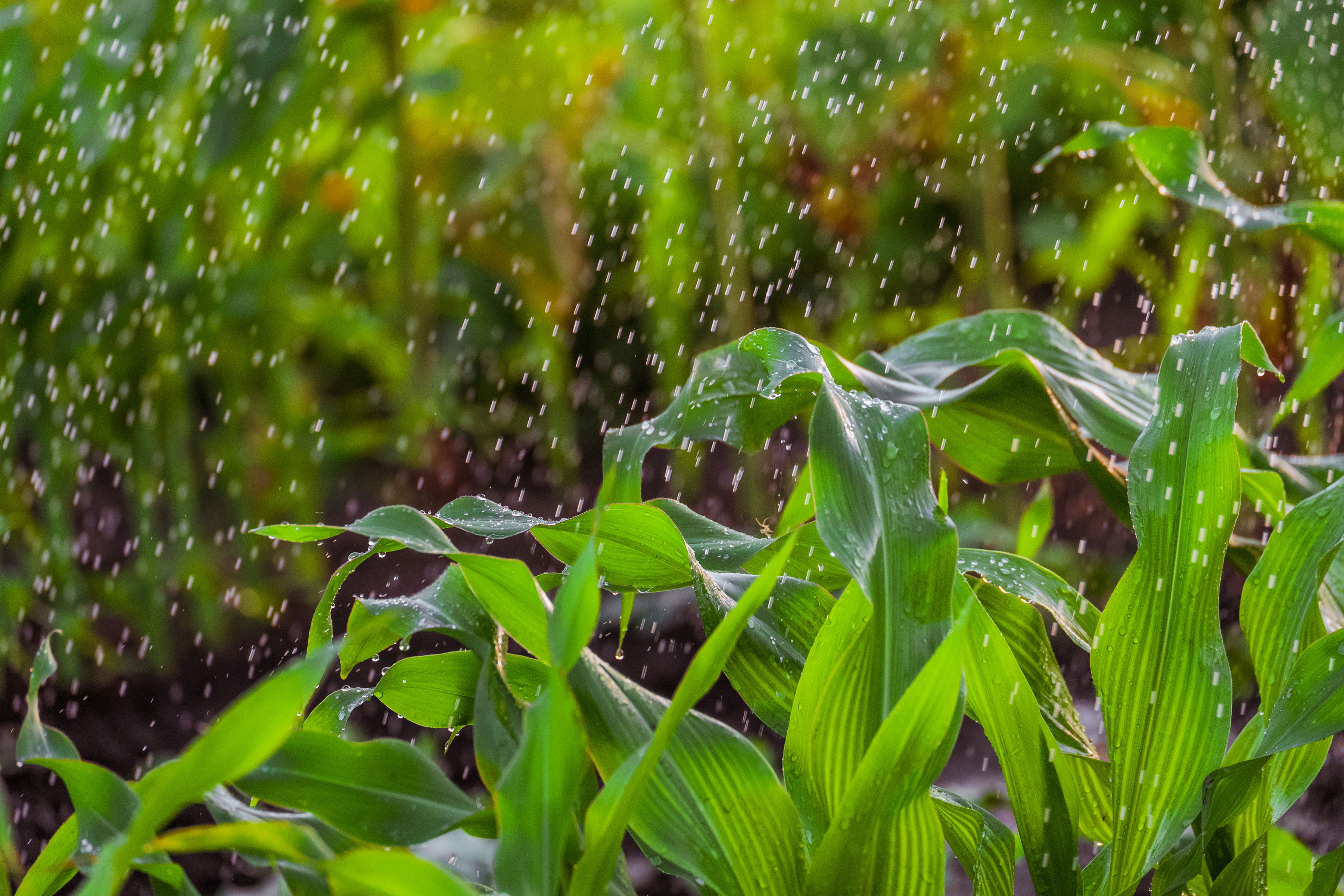South Africa’s maize trade hit by declining exports

These developments occur against a backdrop of global challenges, including the United States imposing a 30% tariff on South African agricultural products.
SOUTH AFRICA – South Africa’s trade surplus has fallen sharply, dropping by R34 billion (US$1.89 billion) in a single quarter, largely due to weaker mining outputs and a notable decline in maize exports, according to the latest figures from the South African Reserve Bank’s balance of payments report.
The surplus declined from R211 billion (US$11.72 billion) in the first quarter of 2025 to R177.1 billion (US$9.84 billion) in the second quarter, raising concerns over the performance of one of the nation’s most important agricultural commodities.
Agriculture Minister John Steenhuisen expressed particular concern about maize, a staple crop that is central to both food security and foreign exchange earnings.“The observed decline in maize export value during the second quarter reflects a combination of volume constraints, softer international prices, and rising trade frictions globally,” Steenhuisen said.“This is not only a concern for the balance of payments, but also for the farmers, agribusinesses, and rural communities whose livelihoods depend on stable and expanding export demand,” he added.The downturn in maize trade comes despite resilience in the broader agricultural sector. South Africa’s maize harvest for 2025 is estimated at 14.78 million metric tons, a 15% increase from the previous year’s 12.85 million tons.
The higher output has supported exports, with 44,093 tonnes shipped in the week of August 15, 2025, about 74% of which went to regional markets. However, momentum slowed, with only 14,428 tonnes exported in the following week, all destined for Southern African countries. Looking ahead, projections for the 2025-26 marketing year are more optimistic.
Corn production is forecast to reach 16 million tonnes, a 4% increase from 2024-25, with exports expected to rise by 13% to 1.7 million tonnes.By early August, South Africa had already exported 428,975 tonnes of maize out of an anticipated 2.0 million tonnes for the season. By mid-August, exports had reached 488,815 tonnes against a projected 2.12 million tonnes, boosted by renewed demand from Far East markets.
These developments are unfolding against global headwinds, including protectionist trade measures. In the lead-up to the United States imposing a 30% tariff on South African agricultural products, overall agricultural exports still grew 10% year-on-year in the last quarter, reaching $3.71 billion.Maize was among the top contributors, alongside citrus, apples, pears, wine, nuts, and other fruits. However, tariffs have increased pressure on high-value exports, while maize remains exposed to volatile international prices and trade barriers.
Data from Statistics South Africa shows that the agriculture sector grew by 2.5% in the second quarter of 2025, mainly driven by horticulture and animal products. Steenhuisen emphasized agriculture’s stabilizing role in the economy. “While the agricultural sector alone cannot resolve the country’s trade balance issues, it remains uniquely positioned to drive stabilisation and growth,” he noted. Despite recent setbacks, South Africa remains one of Africa’s leading maize producers, with an estimated 5.3 million metric tons of the grain available for trade in 2025, cementing its regional dominance.
